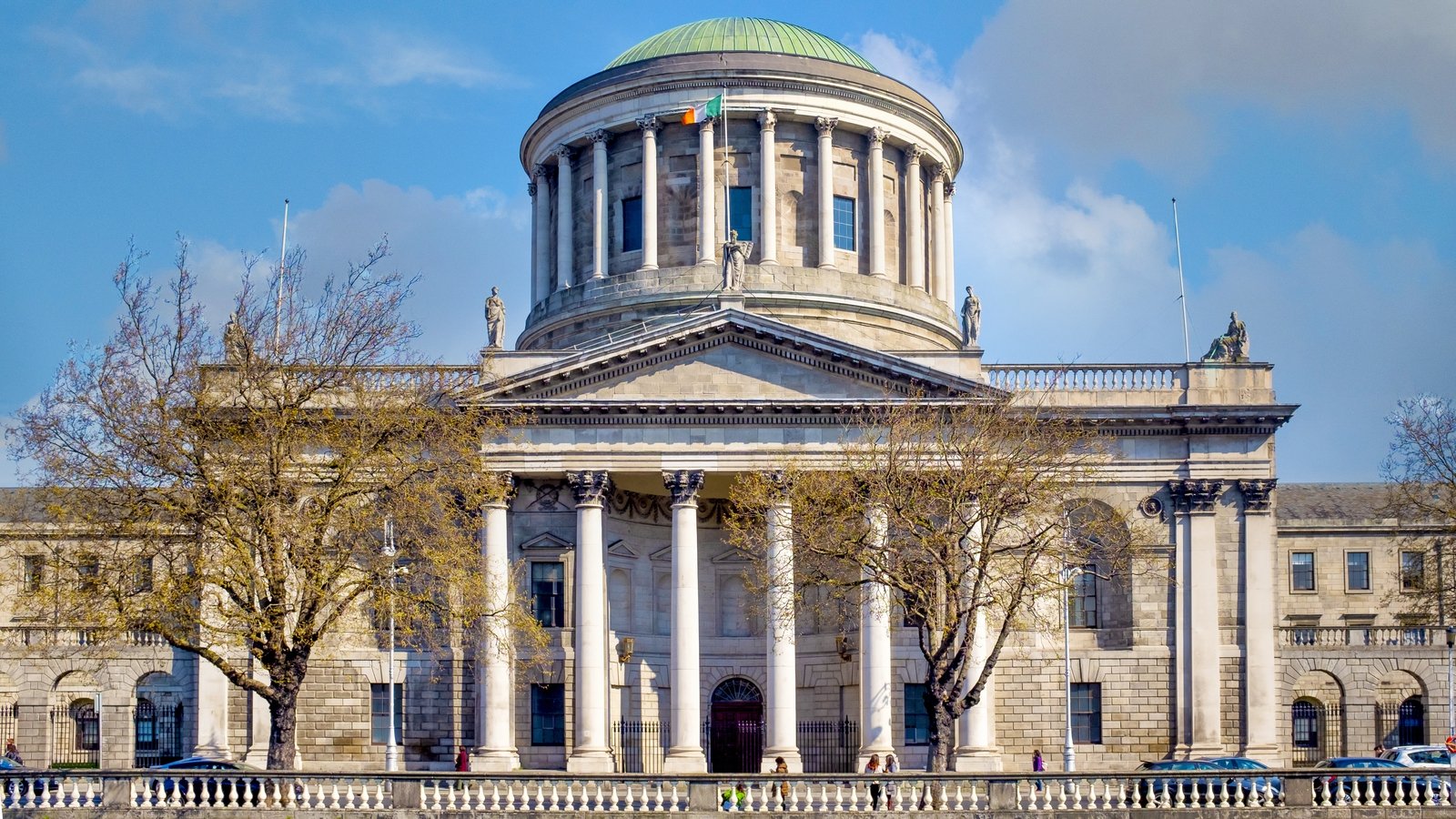World
Supreme Court to broadcast hearings before end of year

The Supreme Court will start broadcasting its hearings before the end of the year, the Chief Justice has announced.
At an event to mark the centenary of the establishment of the Irish Courts, Mr Justice Donal O’Donnell said the court had agreed in principle to run a pilot project to consistently broadcast the court’s hearings.
Proceedings in the court were broadcast, almost live, on RTÉ television for the first time in October 2017.
Since then the court has allowed the broadcast of many of its most important judgments being delivered. However this new project will broadcast the hearing of arguments for the first time.
Mr Justice O’Donnell said that if the Supreme Court hears legal argument on issues of general public importance, he and his colleagues considered arguments in such cases should be as widely available to the public as possible.
However the televising of hearings in other courts or in criminal courts is not currently on the agenda.
The Chief Justice added that there was “a very clear distinction” between Supreme Court hearings and hearing in other cases, particularly in trial courts. He said he would not anticipate that there would be “or should be” televising or streaming of proceedings in other courts.
The Chief Justice stressed that the broadcast of hearings was “not intended to be a very elaborately produced service” as he said resources would not allow for a full state of the art video service as is provided in some other Supreme Courts.
The event in the Round Hall of the Four Courts was attended by Minister for Justice Helen McEntee, Attorney General Rossa Fanning, Garda Commissioner Drew Harris as well as current and former members of the judiciary.
Many senior judicial figures from the UK, European courts as well as from India and Tanzania were also present. The event was also addressed by the President of the Court of Justice of the European Union, Koen Lenaerts and President of the European Court of Human Rights, Irishwoman, Síofra O’Leary.
Mr Justice O’Donnell noted the restoration and remodelling of the Four Courts building after it was destroyed at the start of the Civil War in 1922.
He said the same questions that were asked 100 years ago should now be asked – what parts of the system were essential to a functioning legal system in a modern State – and what parts should be adapted, changed or improved?
The Irish courts were officially opened in June 1924, sitting initially in Dublin Castle, due to the damage caused to the Four Courts.
The Chief Justice said the current building was now “beyond bursting point” and he said he hoped a suitable premises would be identified to house administrative and support offices while preserving the Four Courts for hearing cases.
He said it was unusual that the Supreme Court was not located in a dedicated building.
A new family law building on a site near the Four Courts was to include a new Supreme Court but those plans were shelved due to costs.
The judge said the advantages and pleasures of working in such a historic building should not come at a sacrifice to support, facilities or efficiency.
Mr Justice O’Donnell said an independent court system needed to be reinforced and defenced from challenges “whether violent and strident” or “subtle and insidious”.
He said this was more important in today’s world than even in the turbulent and uncertain days of the early years of the State.
Minister McEntee also emphasised the importance of an independent judiciary. She said the Government had appointed 24 new judges last year and she intended to go ahead with the appointment of an additional 20.










